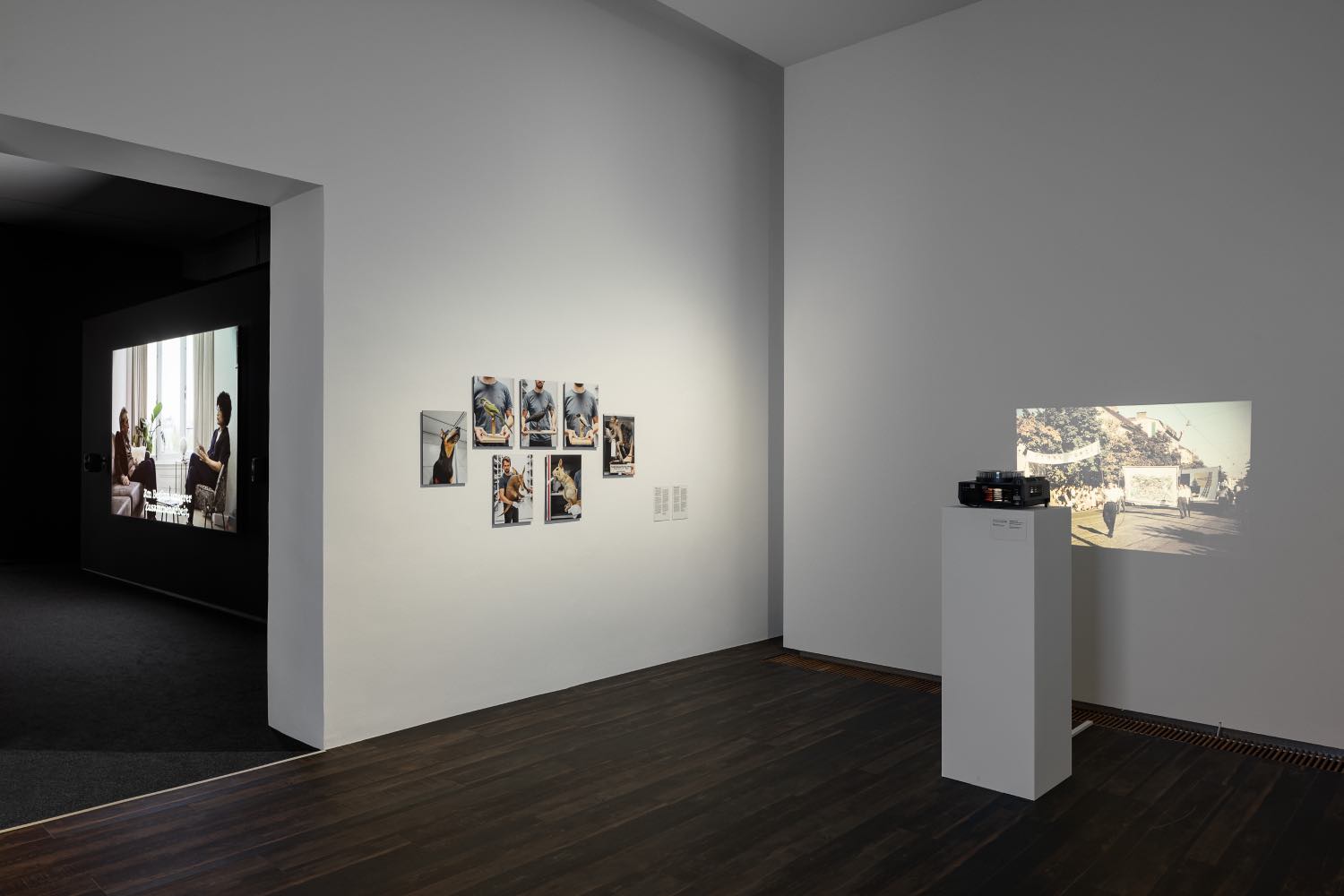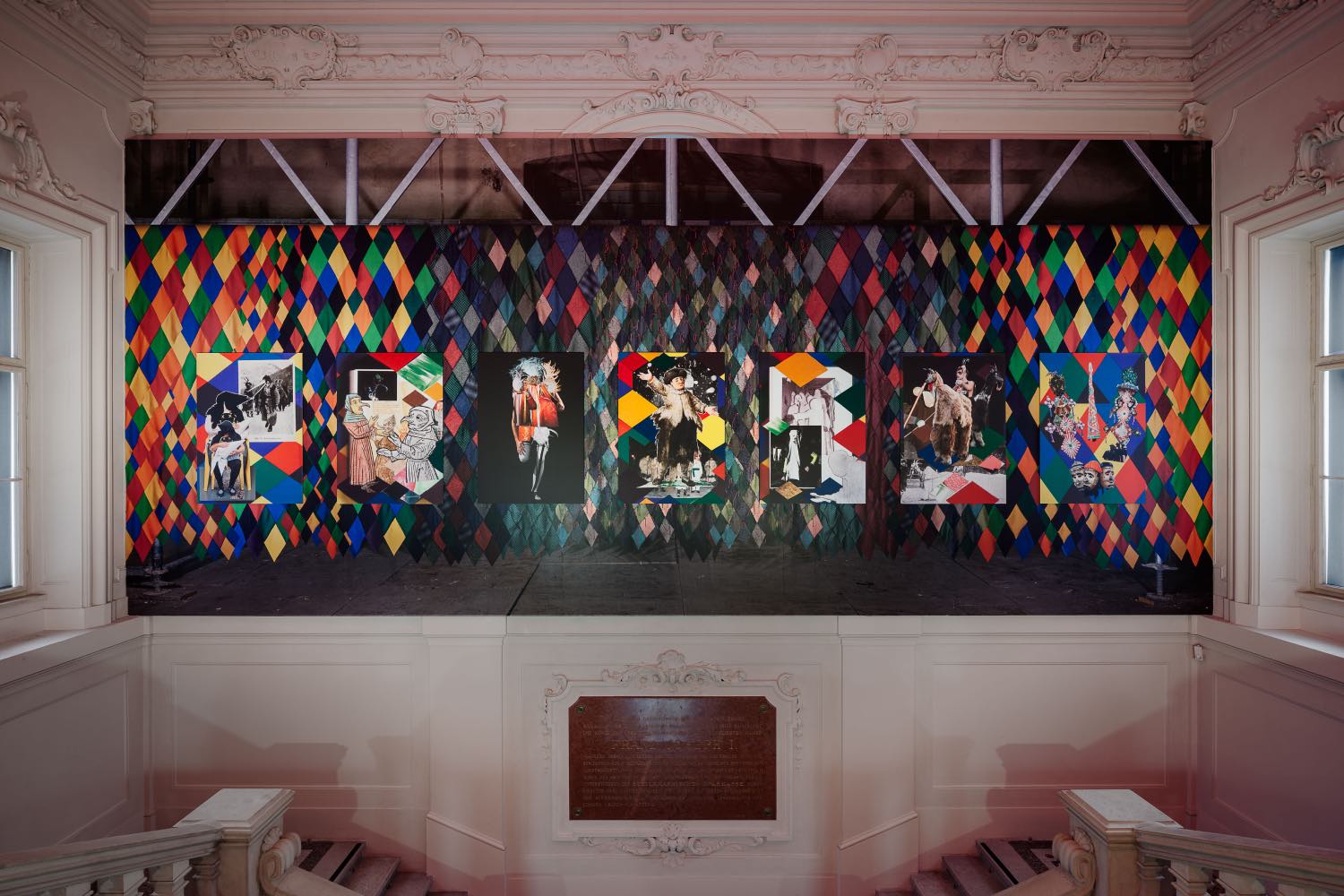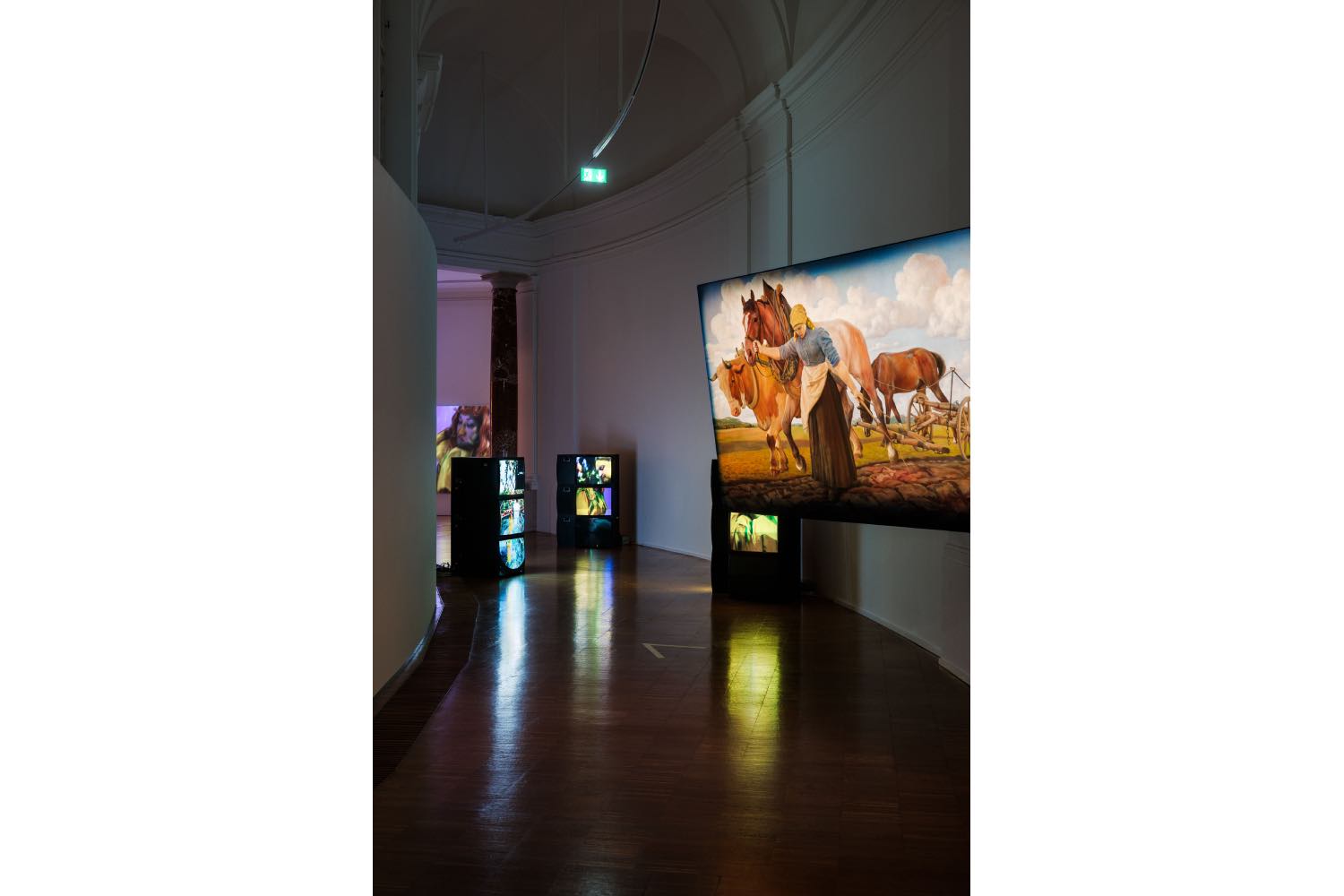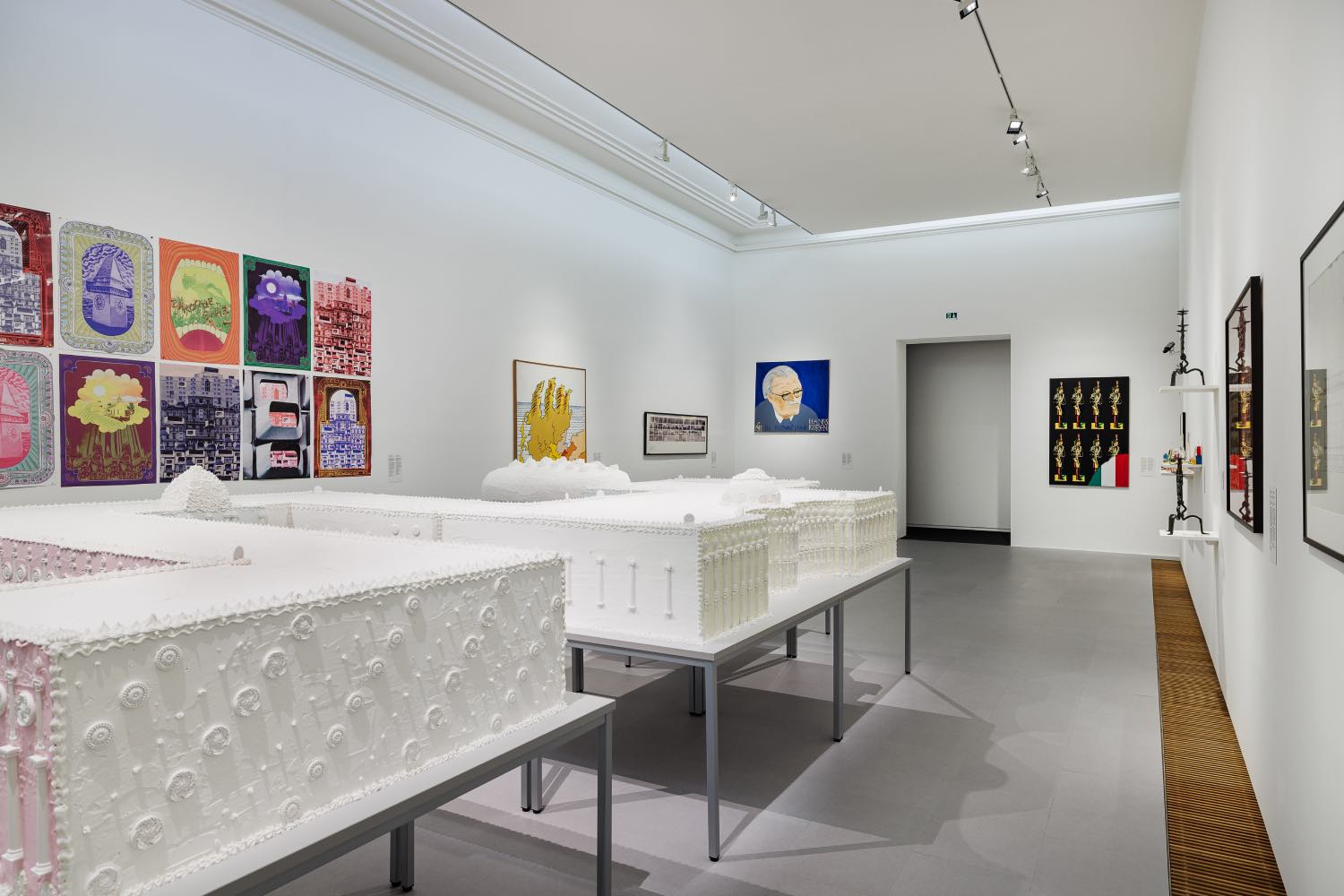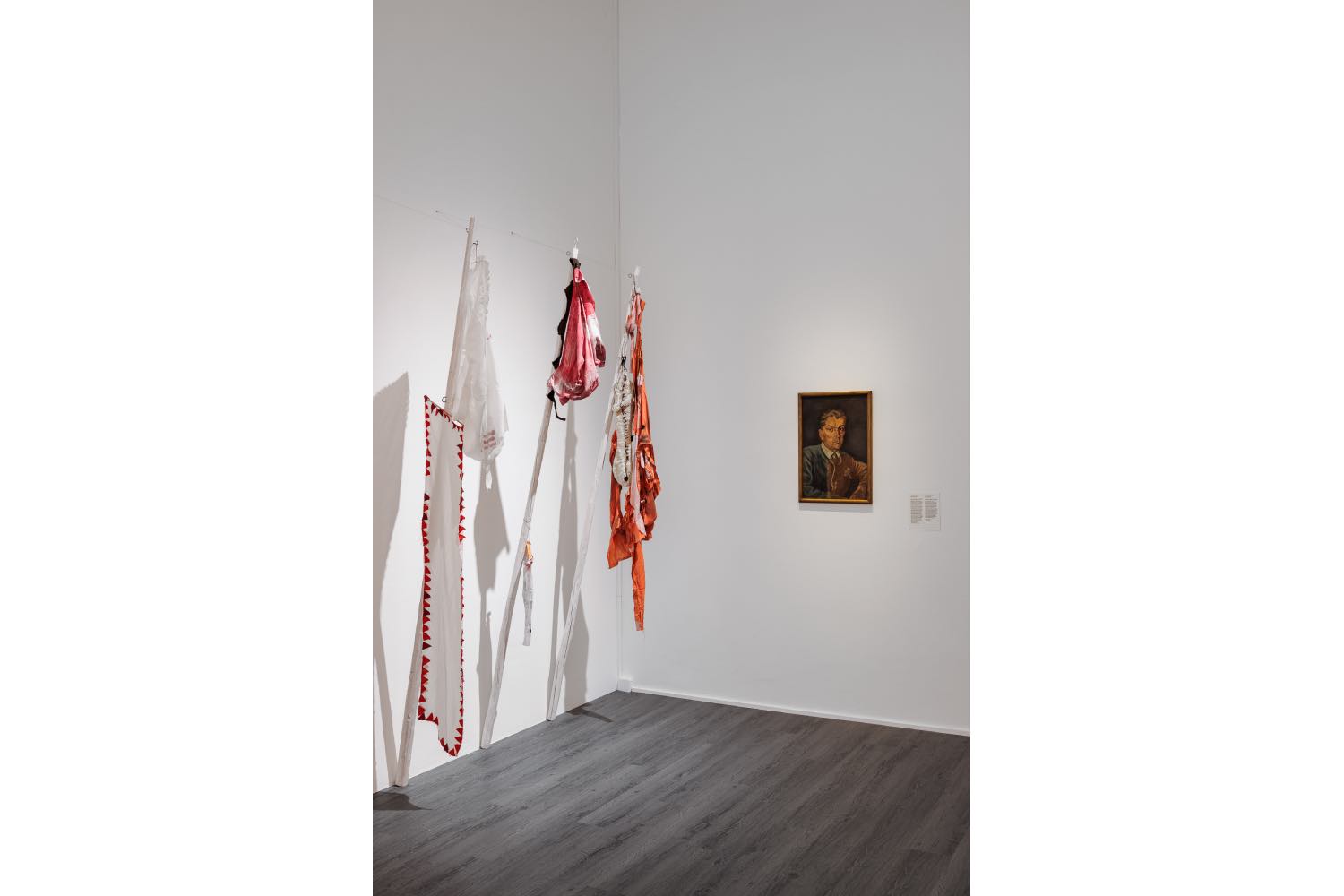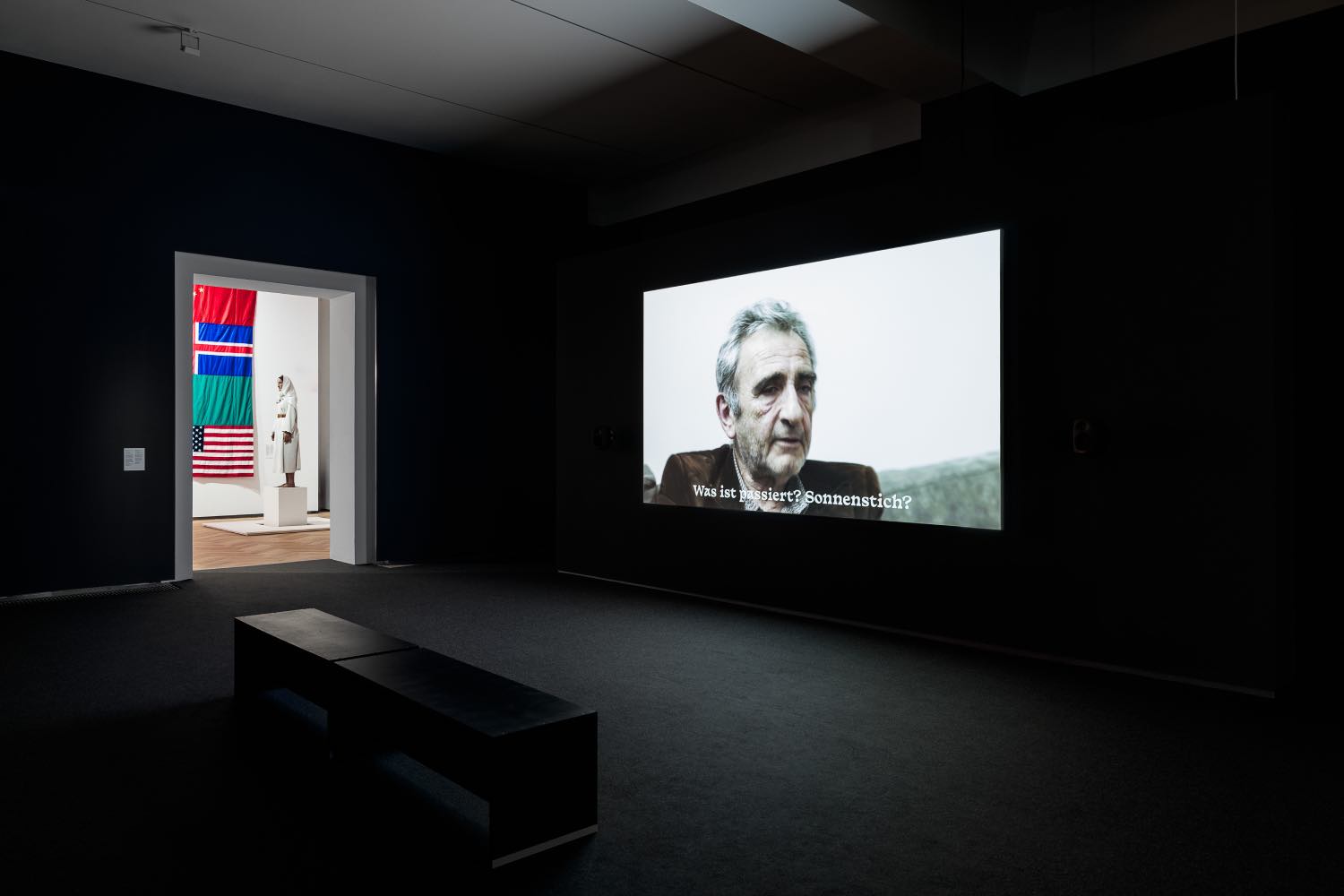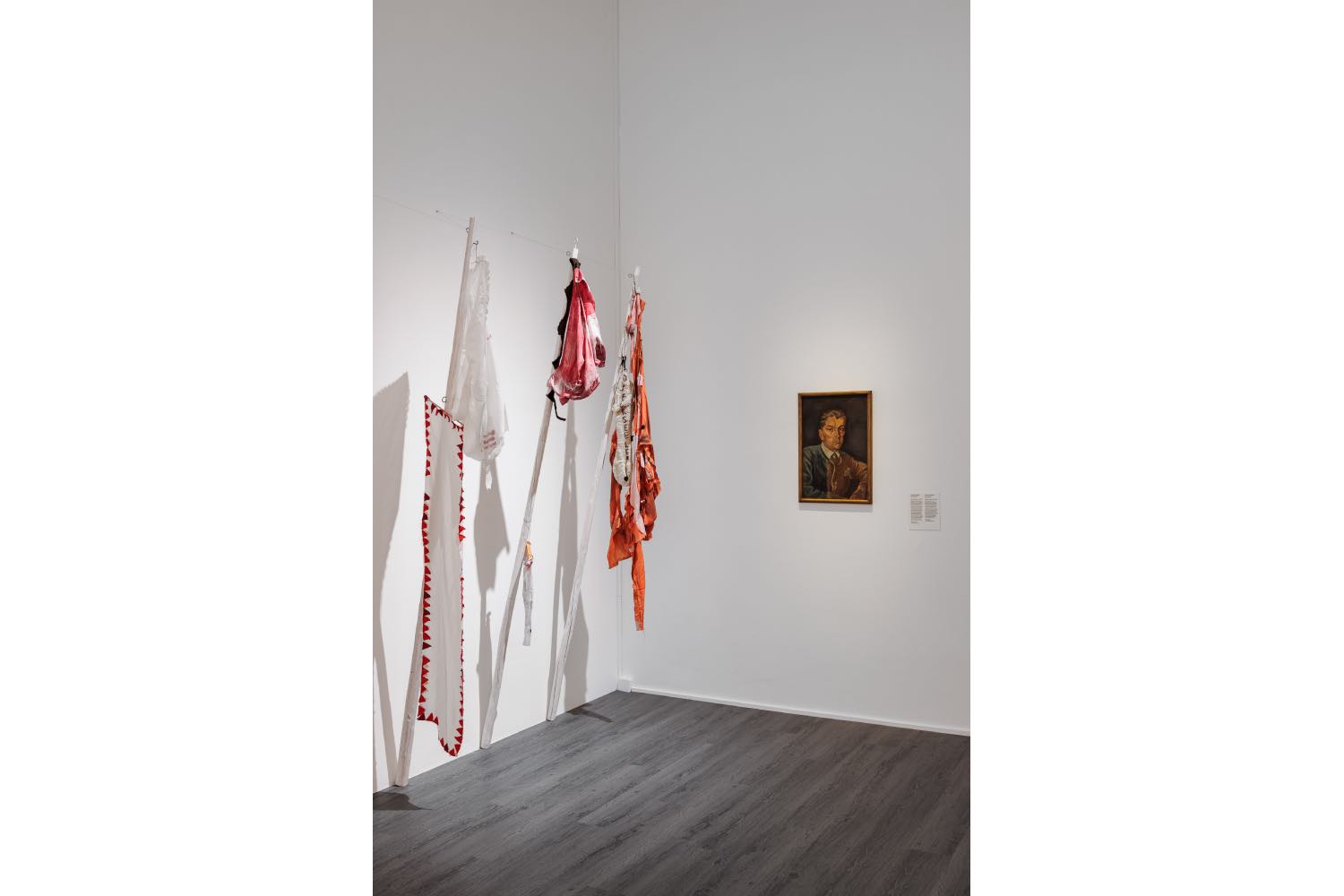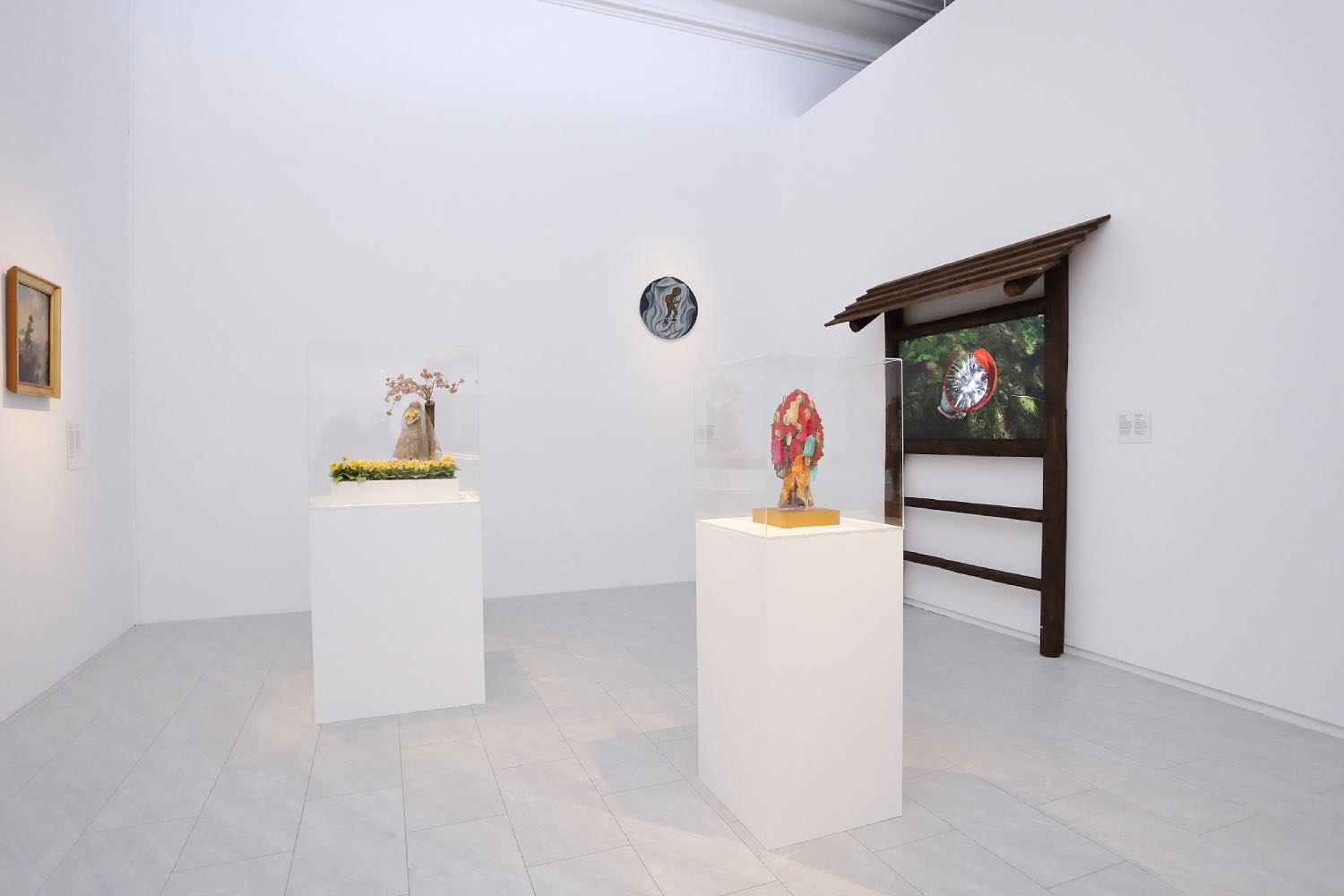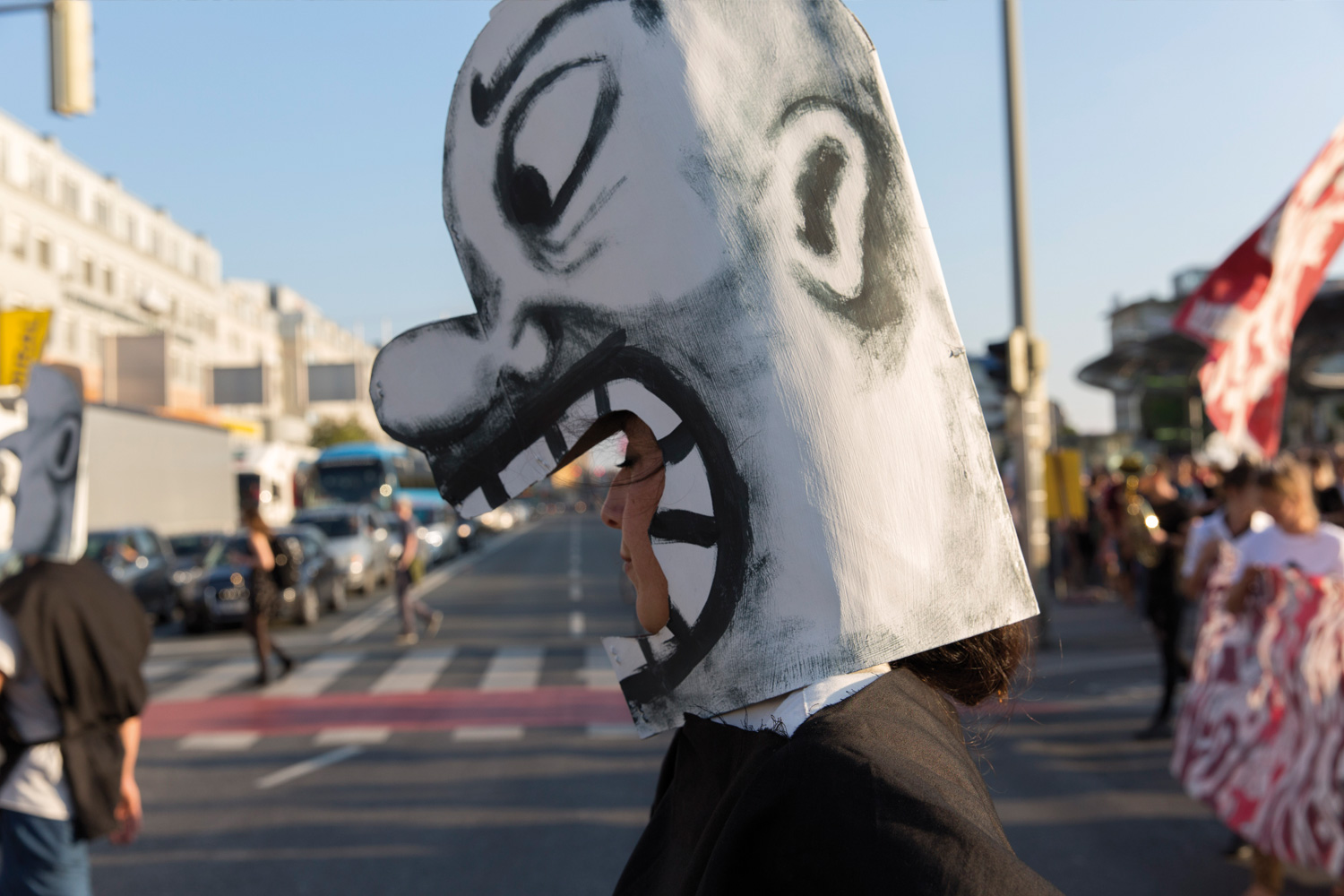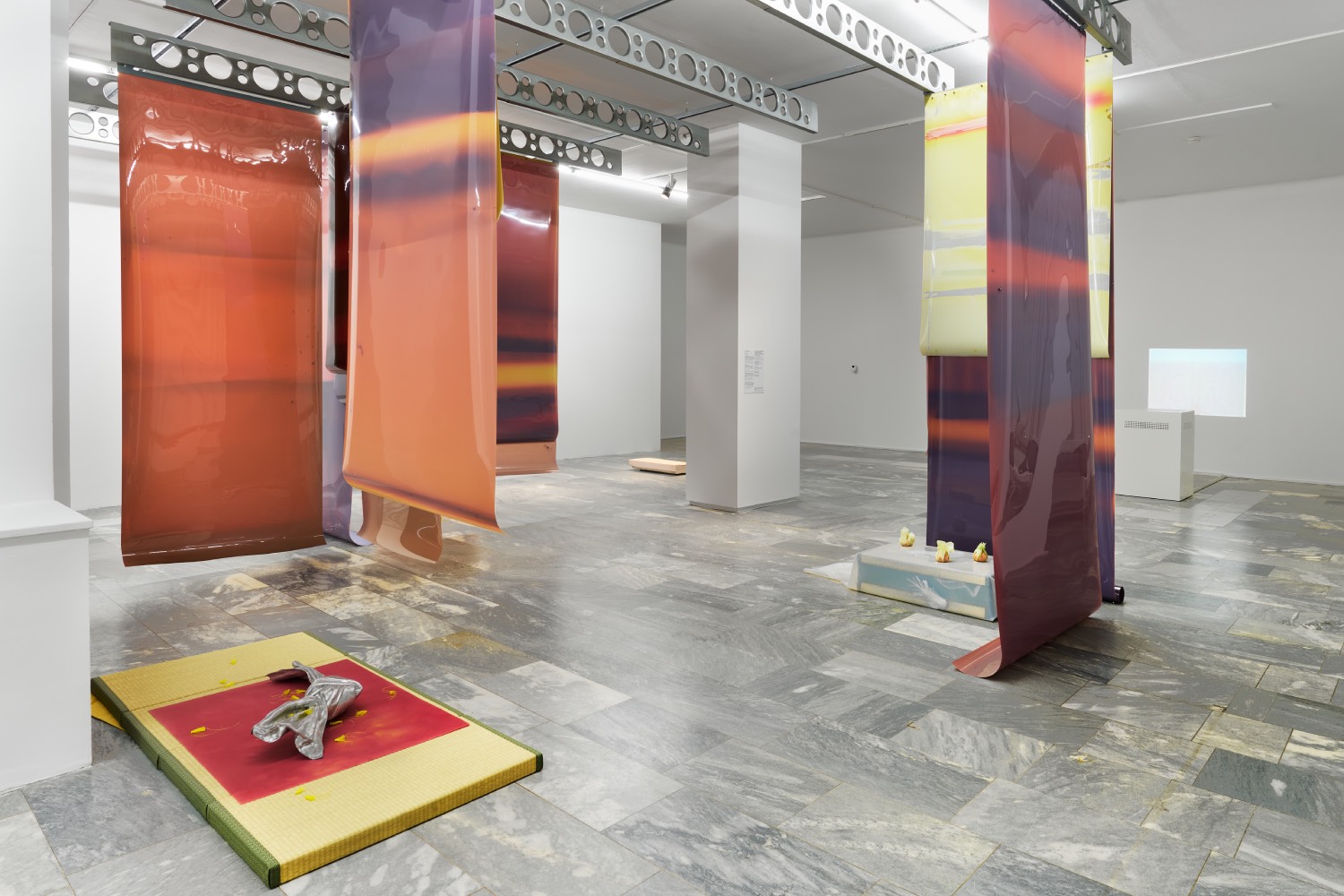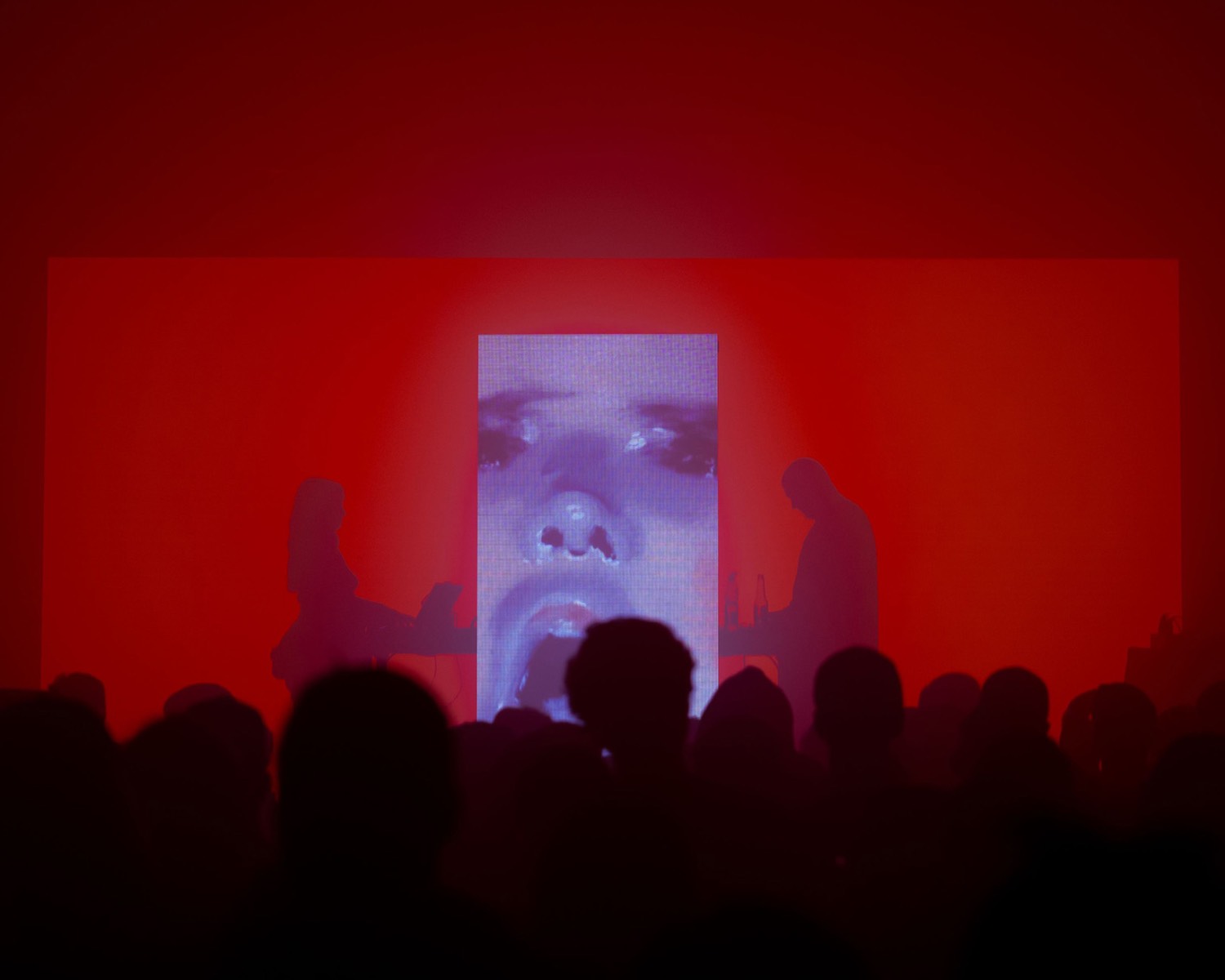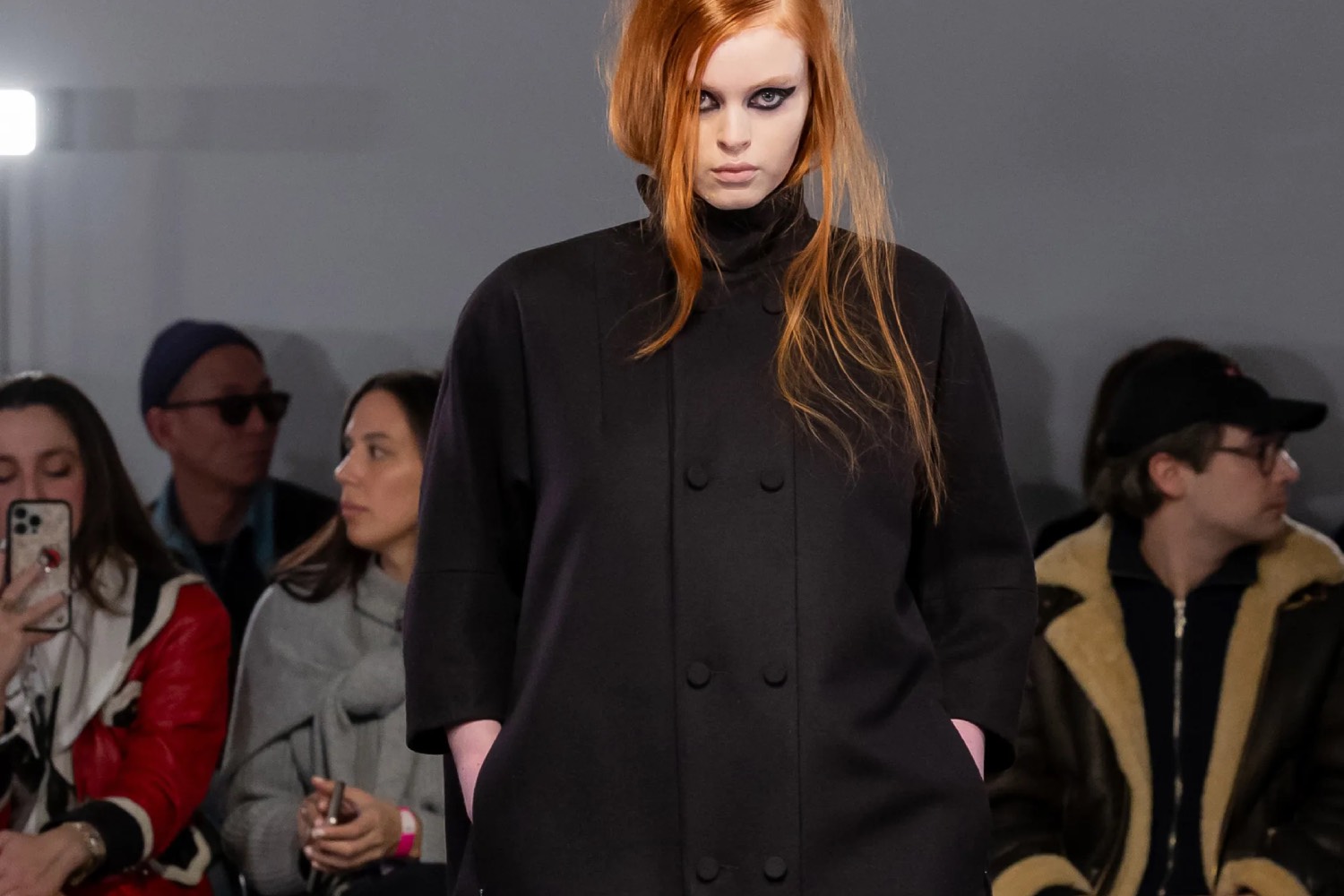On the train to Graz for my first ever visit to steirischer herbst, I find myself captivated by the intriguing titles of its previous editions: “Popular Fronts” (2018), “Grand Hotel Abyss” (2019), “Paranoia TV” (2020), “The Way Out” (2021), “A War in the Distance” (2022), “Humans and Demons” (2023). For the 58th edition of the interdisciplinary festival, artistic director Ekaterina Degot and her curatorial team have chosen an equally evocative name: “Horror Patriae.” Fear of the fatherland. A neologism combining horror vacui (fear of emptiness) and amor patriae (love of the fatherland). The choice of Latin may seem dated, if not anachronistic, given the urgency of the festival’s theme: the resurgence of nationalism and identitarianism in today’s political and cultural landscape. But patriotic narratives feed off the conflation of past and present, being endlessly laden with historical pastiches; and this exhibition’s aim is precisely to explore the constructed, artificial nature of national identities.
At the heart of this year’s festival is an eponymous exhibition on show at the Neue Galerie Graz, housed in the Universalmuseum Joanneum, a nineteenth-century building founded in 1811 by Archduke Johann. Originally established for educational and patriotic purposes, with particular emphasis on an idealized depiction of Styrian rural life, the museum became a pan-German bastion during the Nazi era. After World War II, it returned to localism, celebrating the largely artificial vision of Inner Austria. The founding of steirischer herbst in 1968 by Catholic conservative politician Hanns Koren is contextualized as another step in this sequence of cultural programs. Combining artifacts from the museum’s collection with new artworks, “Horror Patriae” uses Styria as a starting case to develop a broader reflection on the role that cultural institutions have played in propagating unified concepts of history and identity.
With a satirical nod to traditional museum terminology, the exhibition is divided in fictional departments: Heimat Temple, Department of Mild Megalomania, Gallery of Timid Modernity, Directorate of Nations, and so on. It is often the smallest, most mundane objects in the room that better reveal the elaborate artifice behind the region’s identity. Like that tiny red-and-white cross-stitch from 1910, one of the most recognizable elements of the local tradition. The item’s description exposes its real story: this style of cross-stitching was introduced by folklorists and used as propaganda by the Nazi regime. Each room is filled with similar tales; as I move on, the polished and unified Styrian postcard starts to slowly fall apart. Some artifacts are more unexpected, such as a small ivory Geisha with Lute from the nineteenth century. A faint smile adorns her face, but I sense a sardonic expression beneath the white skin. The secret is soon revealed: the statuette is a counterfeit, a cliché of exoticism sold to wealthy European collectors of the time. Arbitrary historical fictions feed the separation between “the same” and “the other.”
Cults of origin and heritage often rely on distorted accounts of history, and the museum’s collection offers plenty of examples. Some of these narratives persist today, exerting their influence, as Jan Peter Hammer shows in his latest work Noreia (2024). The documentary-style video tells the story of a small Styrian village that, a century ago, was falsely identified by state archaeologist Walter Schmid as the site of the lost capital of an ancient Celtic kingdom. The town briefly gained fame in Pan-Germanic circles and decided to return to its ancient, pagan name. Contextualized within the Austrian nation-building project, Noreia is a clear illustration of how archaeology has been exploited by patriotic aspirations over time. Today, even after the debunking of Schmid’s theory, the identity of the locals, threatened by progressive depopulation, remains entangled with their imagined glorious past. The townsfolk engage in historical re-enactment, dressing up as warriors and maidens. In one scene, a man is shown walking across an empty field, claiming to be standing on Celtic ruins, hidden under the soil. As he slowly draws the invisible perimeter with big, measuring steps, I know that what he is doing is pointless: nothing is buried beneath his feet. Yet the man walks on, unbothered by archaeological truth, and I can’t help but feel some unease as the scene grows in absurdity.
Noreia highlights what happens when fear of the future and melancholy for the past take hold of a community. It is hard to let things go: escapism is fertile material for political exploitation, as evidenced by the recent successes of far-right movements worldwide, Austria included. Today’s crisis in the traditional institutions of historical knowledge offers everyone the opportunity to write their own history, which then speaks loudly about the nature of their values and engagement with the present. For this reason, artists’ interest in creative historiography is ubiquitous, and “Horror Patriae” is no stranger to it, with Madison Bycroft’s The Sauce of All Order (Ius Cenae) (2024) being a colorful example. The artist’s queer, anachronistic portrait of a decadent Roman banquet offers a reimagining of augury, the ancient art of telling the future from the flight of birds. The video celebrates excess and artifice in relation to identity formation; in its final scene, the protagonist, surreally dressed in a mole costume, dances and sings to the lyrics, “Sigmund Freud, analyze this!”
Besides, the appearance of a mole cannot be a coincidence. There is a whole tradition in Western thought, originating from Shakespeare’s Hamlet (1623) all the way to Hegel, Marx, and Derrida, that identifies in the subterranean animal a symbol for the invisible movement of historical and revolutionary processes, with blindness as the central shared feature. In today’s condition of a time “out of joint” (again, Hamlet), the ability to foresee the future feels increasingly unlikely. The same goes for art. As Claire Bishop recently commented in the introduction of her Disordered Attention (2024), “Works of art do their best to think through our moment, but the world changes faster and more cruelly than even artists can grasp. […] In the twenty-first century, works of art tend to be symptomatic of larger conditions, rather than anticipatory fortune tellers.” That is why Alina Kleytman’s The Tongue (2020) was such a relatable, and difficult, vision. The Ukrainian artist’s film shows a woman in a bleak hospital room struggling as her tongue grows in size with each shot, sticking gray and alien from her growingly asphyxiated face. Prevented from breathing or calling for help, she eventually lies dead. What better image than her desperate gasp for air to encapsulate the subtle horror of lacking agency in the face of greater events – something many of us can relate to.
Allegory of the Domus Austriae, an anonymous sixteenth-century painting symbolizing the Habsburgs’ authority over their domains, offers one last Latin phrase, this time a plea for stability: Immota manebit, unchanged you will remain. Each regime retells history in an attempt to justify and guarantee its everlasting existence, be it Christian empires with their teleological order, or the capitalistic “lack of alternatives” as described by Mark Fisher. “National museums are haunted houses,” says the exhibition’s text, because they carry the traces of these failed attempts. “Horror Patriae” belongs to this specific genre of horror, the ghost story.

